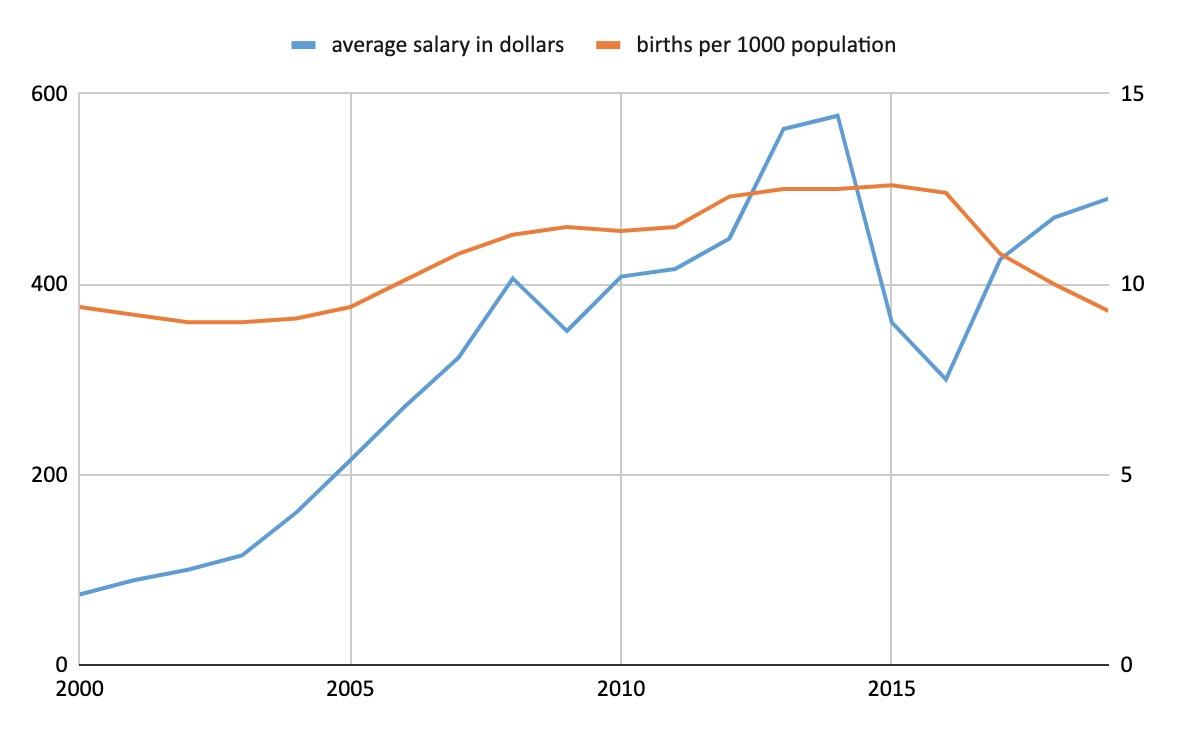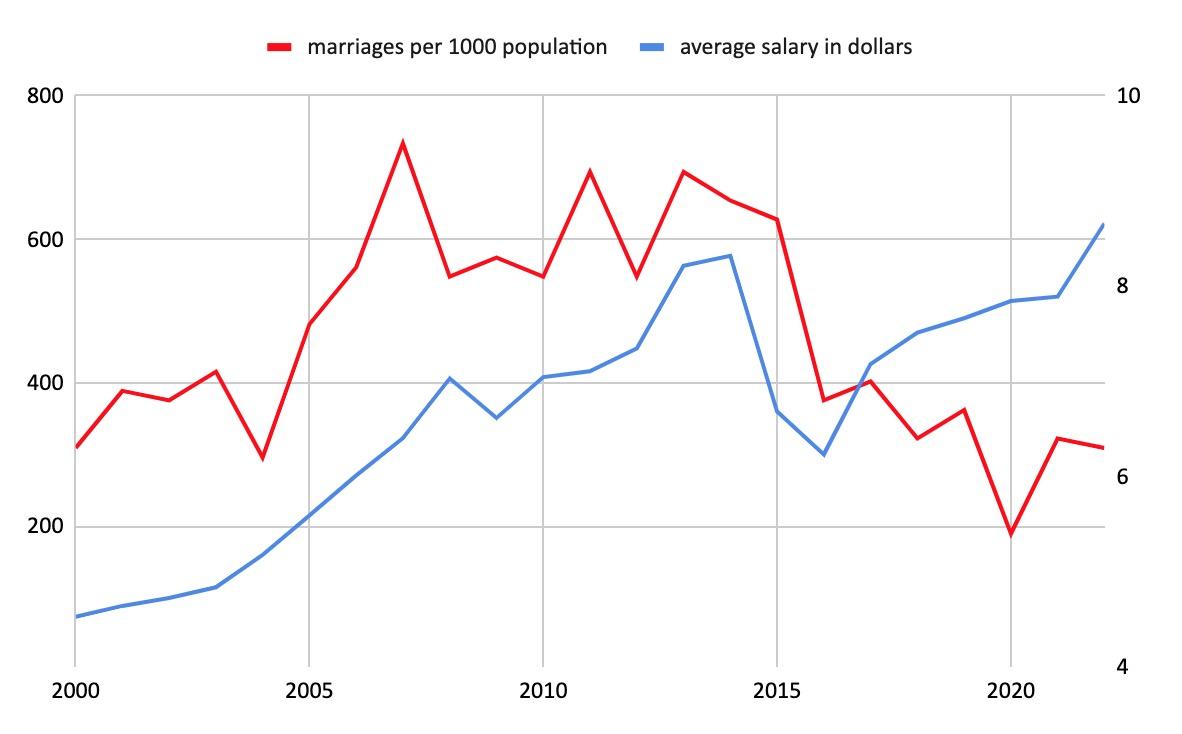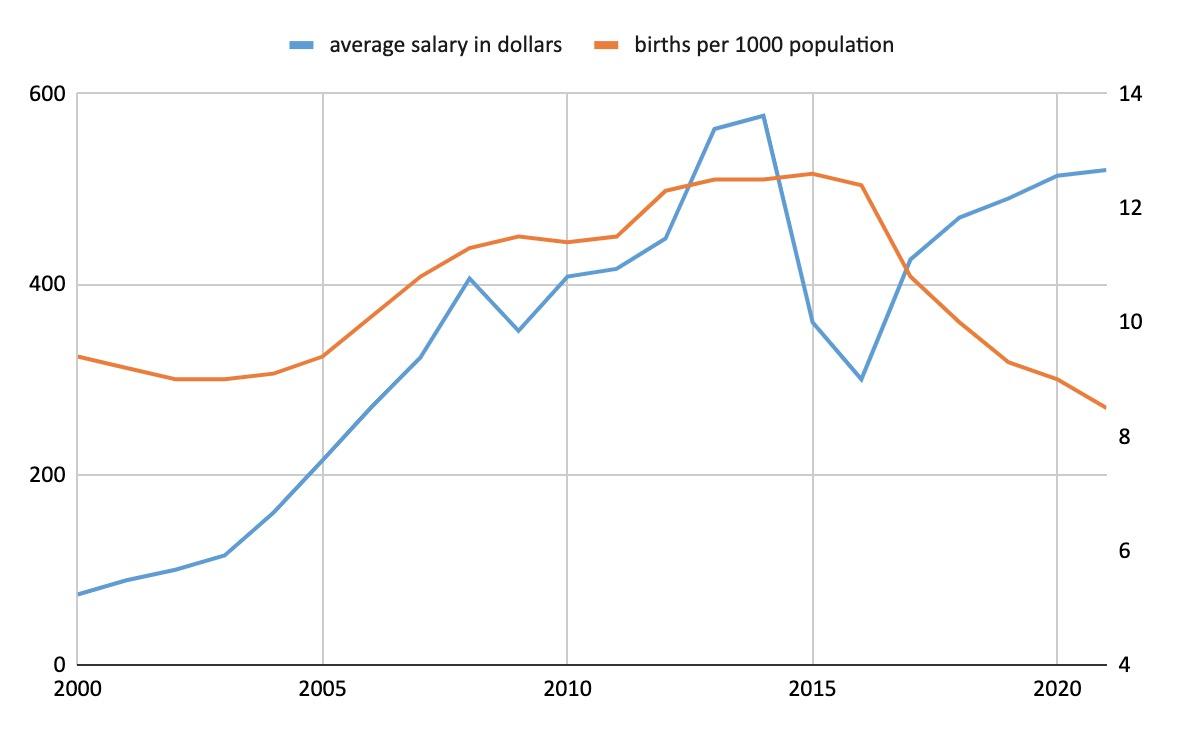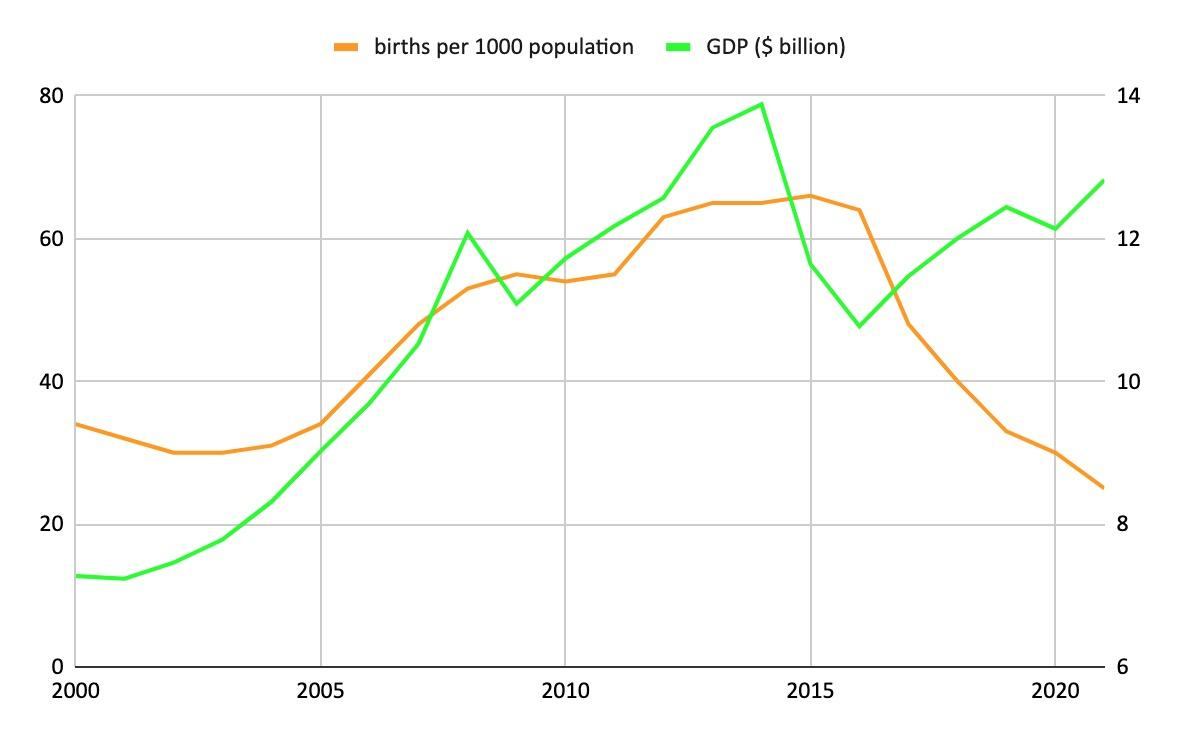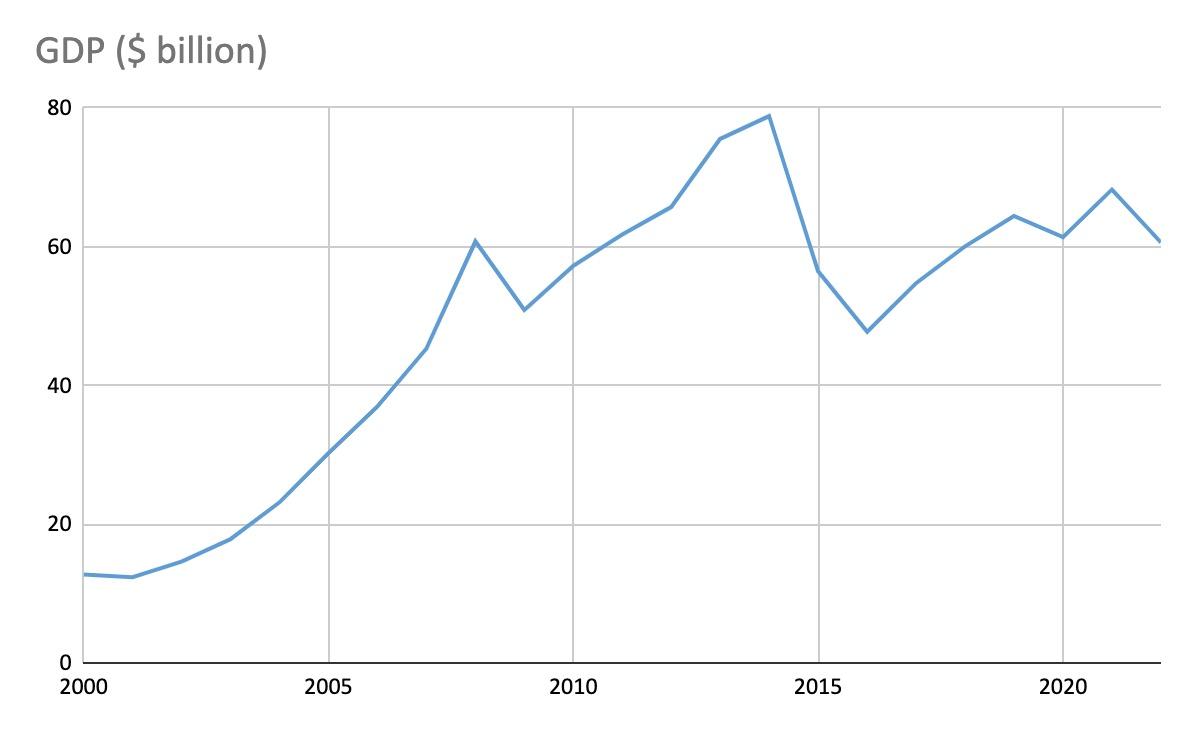Let’s examine two related processes: the decline of the demographic situation in Belarus and the potential outcome of Russia’s war in Ukraine. Speaking of the former, the number of marriages in Belarus is decreasing. Independent media have calculated that there were fewer children born per thousand people in the last year than during World War II in the USSR. Regarding the latter, Tinder, the leading free dating app, exited Belarus on February 15, 2024.
Research on the popularity of online dating apps suggests a possible link between the two. According to a 2021 survey held among Brits over 30, more than 28% of couples who got married since 2017 met online. Online dating has become the most popular way to find a spouse, surpassing other methods such as meeting through friends, relatives, university, bars, and other places.
Facts and myths about online dating
Tinder is known for being the preferred app for finding relationships without commitment. However, research findings suggest otherwise. Roast reports that 50% of Tinder users seek a serious relationship, while 30% are interested in a no-strings-attached encounter.
According to a global study conducted by Cloudwards, around 42% of users on dating sites are seeking marriage. That being said, couples who meet online have a lower divorce rate compared to those who meet in traditional ways. This is based on a research paper by Jose Ortega from the Center for European Economic Research and Philipp Ergowich from the University of Vienna.
BeAmore reports that one in four users of dating services in Russia has found a partner, with 20% of them getting married. Although we could not find a specific study on Belarus, it is reasonable to assume that dating services also play a role in the formation of families in our country. Therefore, Tinder’s withdrawal could lead to a decline in the number of marriages being registered. Of course, there are plenty of analogues, like Mamba, Tabor, LovePlanet and more. But based on Russian experience, it will not be easy to replace Tinder with other dating sites.
In April 2022, Bumble and Badoo disabled downloads of their mobile apps in Russia, while Tinder discontinued its paid options for Russian users. As a result, up to four million people left these dating platforms. In June of the same year, alternative Russian apps had only grown by 500,000, as reported by Izvestia quoting MTS Big Data analysts.
Social media also show that the audience of Western applications does not immediately switch to Russian alternatives.
Between the instincts of procreation and self-preservation
Following their recognition as extremist and subsequent ban in Russia in March 2022, the traffic of Facebook and Instagram reduced by more than half. Mediascope reported a decline in the monthly reach of the Russian Facebook segment and Instagram in October 2023 compared to October 2021. Facebook lost 23.2 million users, while Instagram lost 37.2 million. At the same time, this audience has not completely migrated to Russian social media apps. Vkontakte gained 13.2 million users, while Odnoklassniki’s user numbers grew by 3.8 million. Telegram gained the most users, with an increase of 31.5 million. However, the combined total of users on these three social media falls short by 11.9 million compared to the number of people who left Facebook and Instagram.
Furthermore, Pavel Durov, the founder of Telegram, has requested that the social media app not be referred to as Russian, as it lacks servers, developers, legal entities, bank accounts, or offices in the country. At the start of Russia’s full-scale invasion of Ukraine, he discussed his Ukrainian heritage and the reasons for leaving his career in Russia.
“In 2013, the FSB, the Russian security service, demanded that I provide them with the private data of Ukrainian VK users who were protesting against the pro-Russian president.
I refused to fulfil these demands because it would mean betraying our Ukrainian users. As a result, I was fired from the company I founded and forced to leave Russia”.
Belarusian users may be deterred from registering with Russian dating services due to the risk of their personal data and correspondence being accessible to the FSB of the Russian Federation and subsequently to Belarusian law enforcement.
However, you can find a partner not only on dating apps. There are alternatives such as dating chats on Telegram or Facebook groups.
Thus, Belarusians can find a lot of options to replace Tinder. Based on the Russian experience, many users may temporarily stop using dating apps. This could impact not only their personal life, as it may make finding a partner more challenging, but also the overall number of marriages and children born. However, the population in Belarus was rapidly decreasing even before Tinder left.
Money and children
According to official data, there were 55,000 fewer Belarusians in 2022 alone. In 2021, the population decreased by 100,000 people. And in the last 30 years, the loss figures up to one million citizens.
This is due to emigration (the BIC discussed the myths of emigration in another analytical piece) and the fact that those who are having children now are people born around 30 years ago when the country’s birth rate fell dramatically. Actually, in recent years there has been another sharp decline in the rate.
Belstat stopped publishing annual data on the number of newborns in 2020. However, Alena Hashkevich, deputy director of the Mother and Child Scientific Centre for Obstetrics and Gynecology, spoke about the current situation in October last year.
“The birth rate drops by about 10 per cent every year when looking at the pallid statistics. This is true for 2019, 2020, 2021, and 2022. We expect the same negative 10% figure in 2023”, she said on the air of STV TV channel.
Until around 2017, there was a correlation between wages expressed in US dollars and the birth rate per 1,000 inhabitants. When wages in the country were rising, people were more willing to marry and have children. These decisions were less frequent when wages were falling.
Belarus’ wages last collapsed in 2015-2016. The growth resumed, but it did not result in higher marriage or birth rates.
In 2020, approximately 84,000 babies were born, which is a 5% decrease from the previous year. In 2021, there was a decrease of 5,000, which is a 5.5% reduction. These calculations are from the Zerkalo publication, based on data published by Belstat in statistical digests. In 2020, there were 9 births per 1,000 people, while in 2021, the number decreased slightly to 8.5.
In 2021, the birth rate reached a record low since Belarus gained independence.
Lost optimism
To understand why wage growth no longer leads to better demographics, as it did in the 2000s and early 2010s, it is useful to look at history.
In the early 90s, when the Soviet Union collapsed, the economy was in crisis. The then Belarusian government, composed of ex-Soviet officials, was in no hurry to carry out reforms. In 1991-1995, Belarus’ GDP shrank by an average of 10% per year, and energy prices approached world prices.
It was under these conditions that Aleksandr Lukashenko, who as a deputy had insisted on the need for urgent market reforms, came to power and set the country on a different course. Minsk has been pursuing a course of intensive integration with Russia since the second half of the 1990s.
In February 1995, Aleksandr Lukashenko and Boris Yeltsin signed the Treaty of Friendship, Good Neighborliness and Cooperation. It provided for the creation of a common economic area and the abolition of border controls. A year later, another treaty was signed – establishing the Community of the Two Countries, which later became the Union of Belarus and Russia.
As a result, Russian gas began to flow to Belarus at preferential prices. By 1996, it was already costing us almost half as much as it cost the Europeans. However, even at this price, Lukashenko did not pay for gas and accumulated debts to Gazprom every year. Belarus also bought oil from Russia at preferential prices and sold oil products to the West, keeping the difference between the world price and the Russian domestic price.
In addition, Lukashenko travelled to Russian provinces and established economic ties at the local government level. The IMF assessment attributed the growth of exports to Russia to the aggressive marketing of Belarusian products in Russia and the depreciation of the Belarusian ruble against the Russian ruble. And it became “the main factor of economic growth in Belarus in 1996-97”.
Growth slowed down in Russia after the 1998 economic crisis, but it did not last long. Global gas prices skyrocketed in the early 2000s, and oil prices began to rise steadily in 2002.
From 2002 to 2008, the Belarusian economy grew by an average of 9% per year, thanks to Russian energy subsidies. During this period, the number of marriages and the birth rate also increased.
Russia started reducing oil and gas subsidies in the mid-2000s. The collapse in energy prices triggered by the global financial crisis in 2008 had a significant impact. This negatively affected both the Belarusian economy and demography.
However, the positive trend returned after Minsk agreed to greater integration within the Customs Union. As a result, it also received favourable prices for Russian oil. Belarus has also started to use international loans to stimulate economic growth.
By the middle of the 2010s, Belarus’ external public debt increased to 70% of GDP. In international practice, a level of 60% is considered acceptable. This figure is proposed, for example, in the Treaty on the Functioning of the European Union.
It has become dangerous to build up debt further. In the following years, the size of the external debt remained almost unchanged.
The US shale boom caused another collapse in oil prices in 2014. This provoked an economic crisis in Russia and then in Belarus.
The economy has entered a prolonged stagnation. It has not returned to the pre-crisis level to this day.
In 2023, the average salary in Belarus reached record levels in dollar terms. However, people feel that this is not supported by corresponding economic growth, and as a result, the birth rate continues to decline. In the middle of February of this year, the Ministry of Justice reported that over 65,000 births were registered in Belarus in 2023. That means there were around 7 births per 1,000 people. This is the lowest figure ever recorded since the counts began.
IMF and World Bank economists believe that Belarus needs market reforms to accelerate economic growth. If the model we have presented is accurate, in this case, Belarusians should once again feel motivated to address the demographic issue. With or without dating apps.





